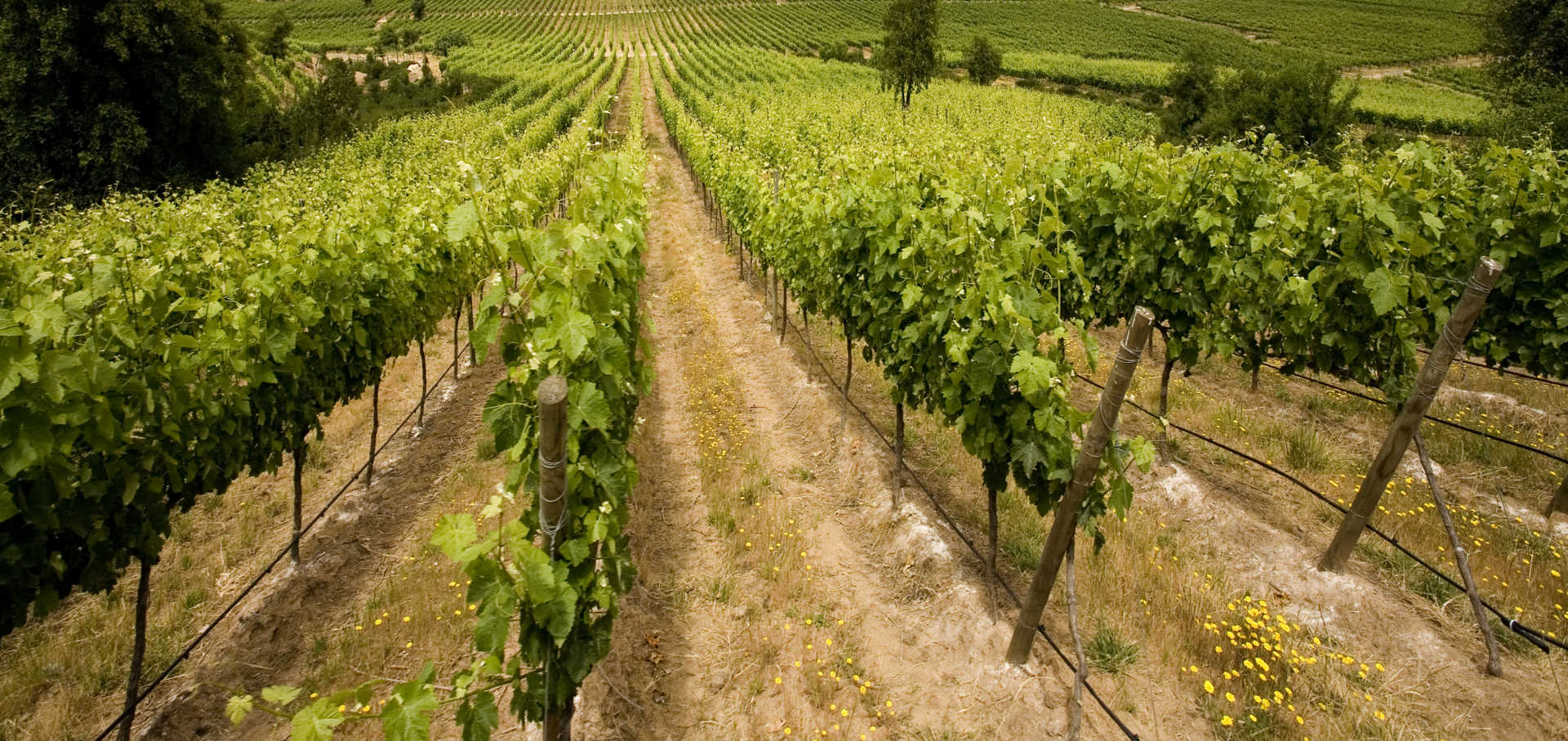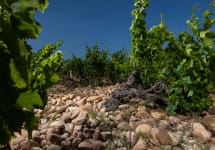Andre Brunel Chateauneuf-du-Pape 2019
-
Wine
Spectator



Product Details
Your Rating
Somm Note
Winemaker Notes
Dominant aromas of red and black fruits enhanced by a touch of oak from the barrel-aged Syrah and a touch of leather and earth complement the harmonious tannins rounding out an elegant and long finish.
Pair with cheese fondue, hearty beef stroganoff, roasted turkey, grilled red meat, ratatouille, and dishes with red wine sauces.
Blend: 70% Grenache, 25% Syrah, 5%, Mourvèdre
Professional Ratings
-
Wine Spectator
charming, old-school style, with silky-edged kirsch and raspberry notes laced with sandalwood, savory and red tea hints. Grenache, Syrah and Mourvèdre.
Other Vintages
2017-
Wine
Spectator -
Robert
Parker
-
Wine
Spectator -
Robert
Parker
-
Wine
Spectator
-
Wilfred
Wong -
Wine
Enthusiast
-
Wine &
Spirits
-
Wine
Spectator






The Brunel family’s winemaking history reaches back to the 17th century with the purchase of a vineyard plot to the north of the Châteauneuf-du-Pape appellation from the Bishop of Avignon. Numerous generations followed, all working in the vineyards, but it was in 1954 that Lucien Brunel created the name "Les Cailloux" or "The Pebbles" to promote the Domaine’s wine qualities and special geological characteristic of the large oval stones covering his vineyards.
In 1971, Lucien’s son André Brunel took the helm at Domaine Les Cailloux. His endless motivation and eye for quality resulted in a steady expansion of the family’s vineyards with acquisitions in the Côtes du Rhône and select plots of Vaucluse Vins de Pays. In 1989 he launched the now coveted Cuvée Centenaire and continued to improve the vineyard management practices. André was one of the first in Châteauneuf-du-Pape to use tailored ground cover methods and to practice a non-chemical approach to farming his vineyards.
In 2012, André’s son, Fabrice Brunel, joined the team to ensure the family’s history and passion would continue. The pursuit for quality; the utmost respect for the land; and the drive to produce beautiful wines, which are both enjoyable in the immediate present as well as in future years with excellent aging potential, the Brunel family is meticulous in cultivating vineyards, sourcing quality grapes, and winemaking style.

With bold fruit flavors and accents of sweet spice, Grenache, Syrah and Mourvèdre form the base of the classic Rhône Red Blend, while Carignan, Cinsault and Counoise often come in to play. Though they originated from France’s southern Rhône Valley, with some creative interpretation, Rhône blends have also become popular in other countries. Somm Secret—Putting their own local spin on the Rhône Red Blend, those from Priorat often include Merlot and Cabernet Sauvignon. In California, it is not uncommon to see Petite Sirah make an appearance.

Famous for its full-bodied, seductive and spicy reds with flavor and aroma characteristics reminiscent of black cherry, baked raspberry, garrigue, olive tapenade, lavender and baking spice, Châteauneuf-du-Pape is the leading sub-appellation of the southern Rhône River Valley. Large pebbles resembling river rocks, called "galets" in French, dominate most of the terrain. The stones hold heat and reflect it back up to the low-lying gobelet-trained vines. Though the galets are typical, they are not prominent in every vineyard. Chateau Rayas is the most obvious deviation with very sandy soil.
According to law, eighteen grape varieties are allowed in Châteauneuf-du-Pape and most wines are blends of some mix of these. For reds, Grenache is the star player with Mourvedre and Syrah coming typically second. Others used include Cinsault, Counoise and occasionally Muscardin, Vaccarèse, Picquepoul Noir and Terret Noir.
Only about 6-7% of wine from Châteauneuf-du-Pape is white wine. Blends and single-varietal bottlings are typically based on the soft and floral Grenache Blanc but Clairette, Bourboulenc and Roussanne are grown with some significance.
The wine of Chateauneuf-du-Pape takes its name from the relocation of the papal court to Avignon. The lore says that after moving in 1309, Pope Clément V (after whom Chateau Pape-Clément in Pessac-Léognan is named) ordered that vines were planted. But it was actually his successor, John XXII, who established the vineyards. The name however, Chateauneuf-du-Pape, translated as "the pope's new castle," didn’t really stick until the 19th century.
